Research Incubator: Agile Science
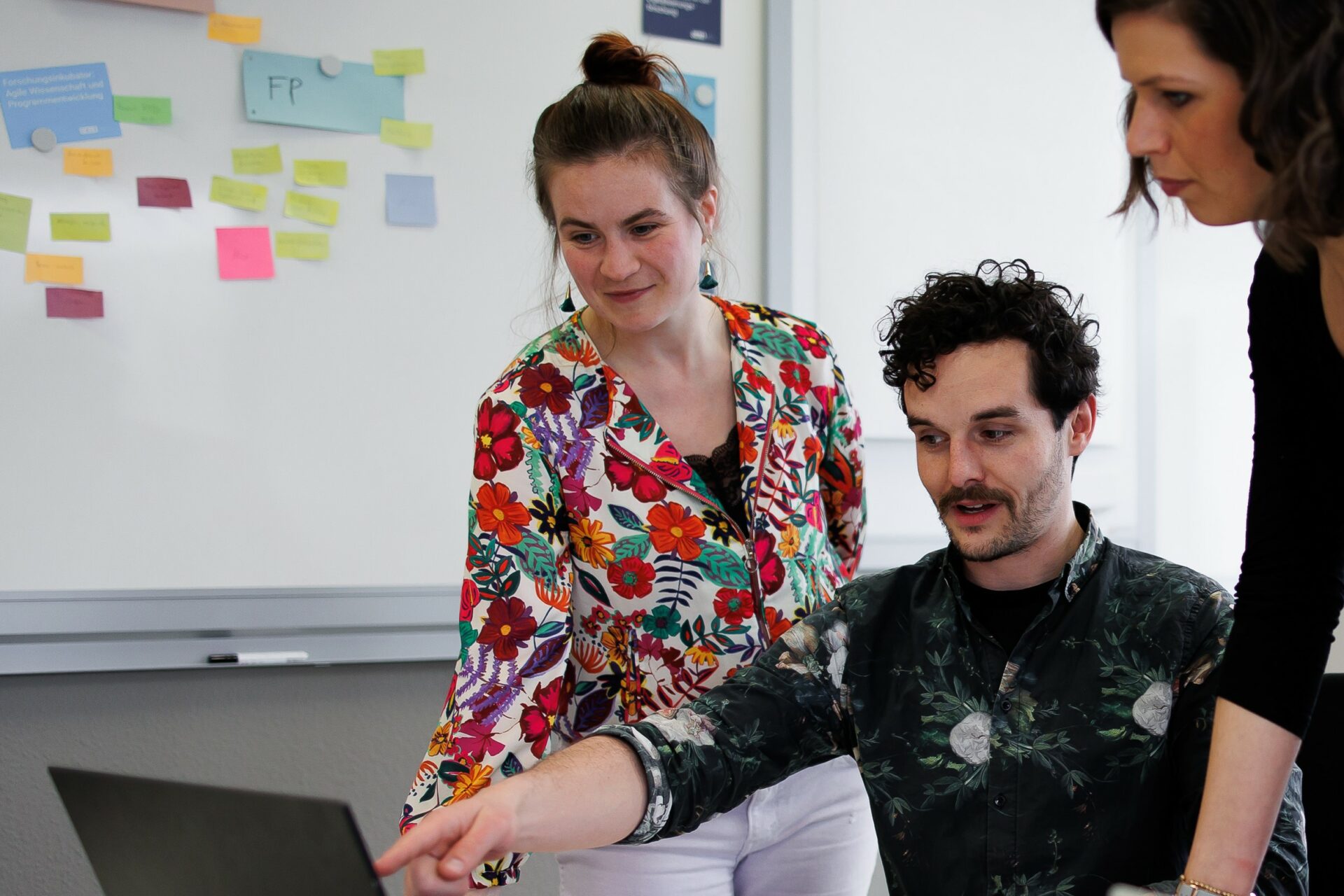
How does science respond to the diversity and dynamics of digital change? The CAIS Research Incubator wants to help shape the future of flexibly acting, innovative digitization research with a concept of “agile science”.
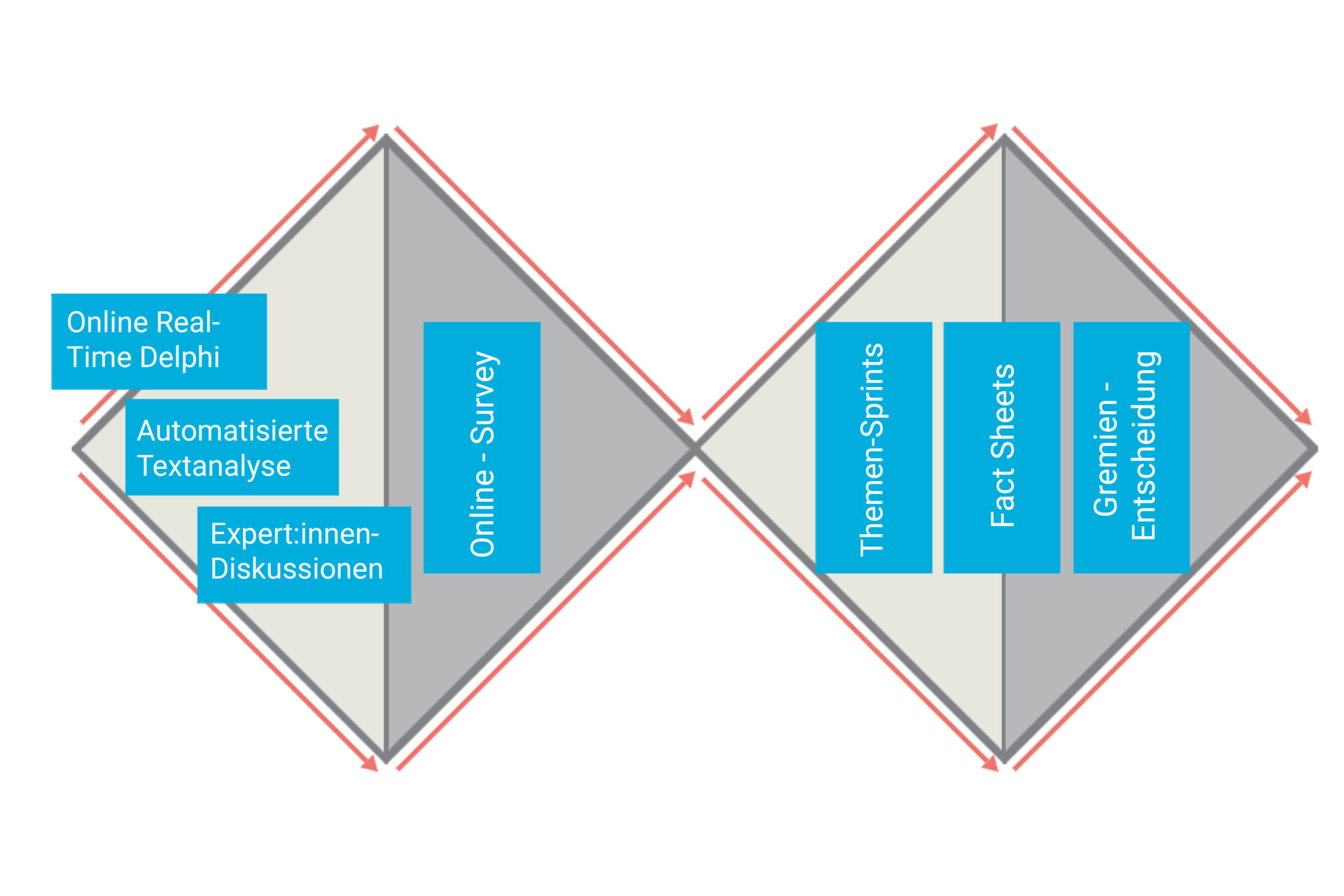
While “agility” in projects and organizations as well as “new work” concepts for leadership and collaboration have long been important keywords for many companies, scientific research and its organizational structure often remain untouched by this.
Against the backdrop of the dynamics of social developments in the course of digital change, the CAIS research incubator is developing a concept for the adaptation and evaluation of agile approaches in the scientific context – a project that simultaneously places new demands on hierarchy, communication and the distribution of responsibilities. This is where “New Work” as a leadership and empowerment principle comes in.
In the long term, the Research Incubator would like to contribute to the (further) development of the research field of digitization research and its methods of collaboration.
You can find the visualization of the whole topic finding process in this video.
Agility
“Agility is a measure of a system’s ability to adapt and respond, as well as the generic term for a set of methods, models, and tools for dealing with dynamics and complexity in development processes.” (Oestereich & Schröder, 2020, p. 6)
“New Work Movement
The “New Work” movement was founded in the early 1980s by the U.S. philosopher Frithjof Bergmann. In contrast to traditional concepts of (wage) work, “New Work” focuses primarily on values such as independence, freedom (of action), meaning, and social participation (Vollmer, 2019).
What distinguishes agile approaches?
From the practice of software development, various techniques have developed under the label of “agile working”, which have been summarized in four central principles (agilemanifesto.org, 2001, Figure 1). The focus is on individuals and interactions, the functionality of systems, customer orientation, and the permanent willingness to adapt project goals and processes in order to be able to react to changing conditions in the best possible way. The latter is of considerable importance, especially in modern, digital work contexts.
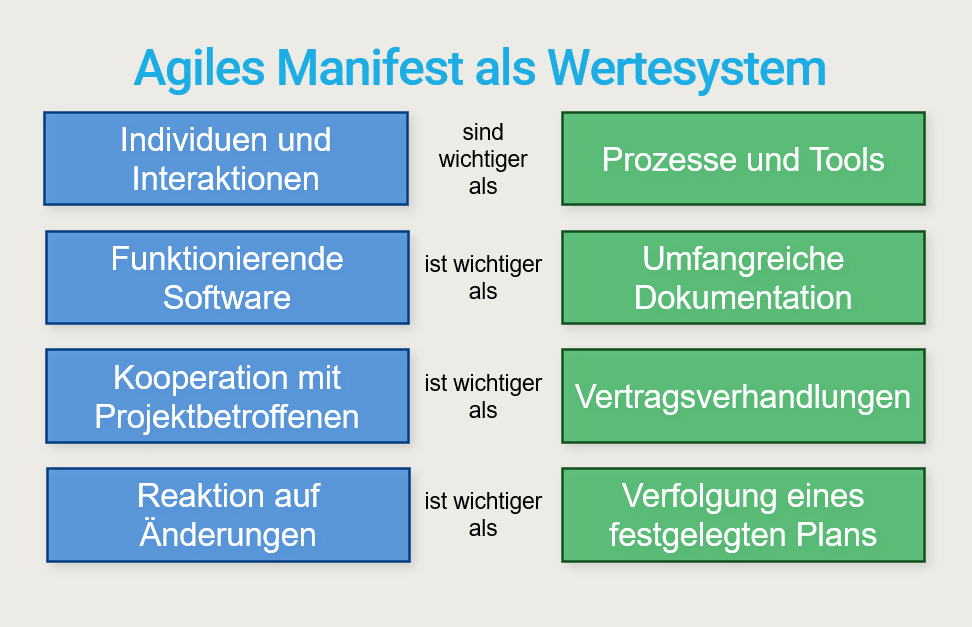
Abbildung 1. Die vier Prinzipien des Agilen Manifestes
A clearly structured, iterative approach and follow-up at short intervals provide a wide range of options for project work. Potential target failures are integrated into work processes as essential components of continuous improvement (Figure 2). In this way, agile working supports learning in the process and enables a solution-oriented error culture. In this culture, failure is not a personal failure, but a collective moment of learning. The work design also opens up a wide range of opportunities for internal and external participation and takes into account the needs and perspectives of the product addressees.
This increases the quality of project results in the long term. Power hierarchies within the organization become less important, and responsibility is passed on dynamically within the teams (empowerment) and shared (self-leadership). This creates new spaces for appreciative interaction.
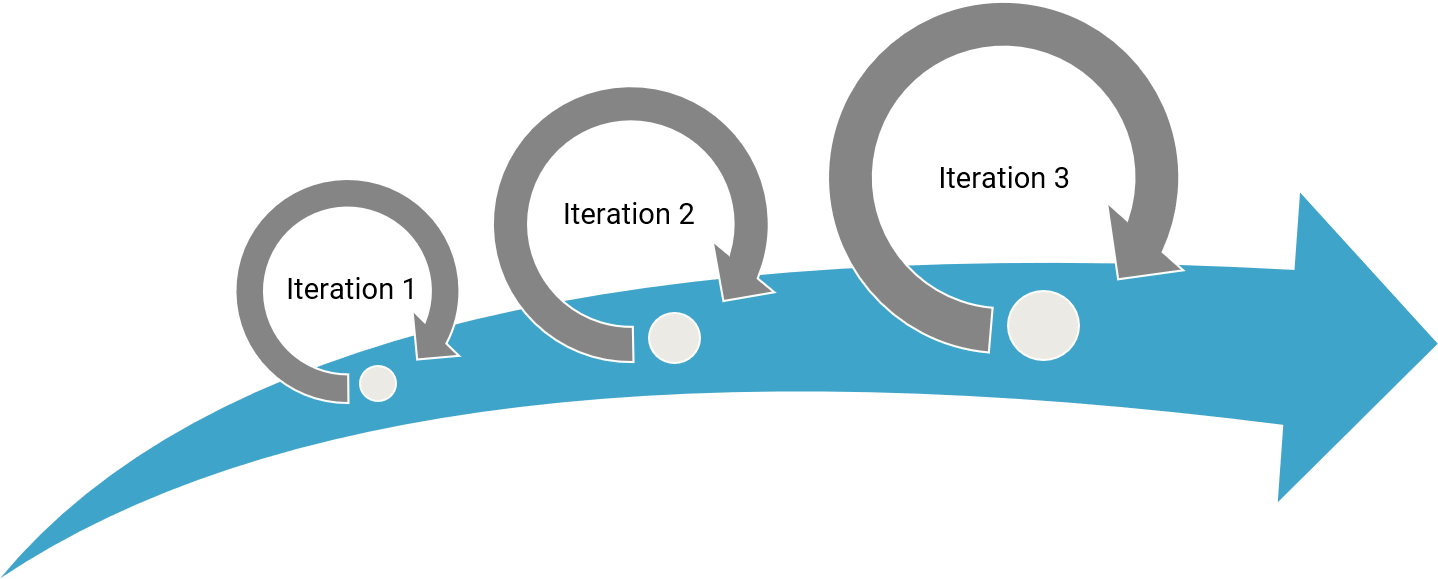
Abbildung 2. Iteratives, inkrementelles Arbeiten in kontinuierlichen Intervallen
How can agile work formats and new work concepts change science and research?
Transferred to the context of science and research, this means on the one hand rethinking organizational and project management structures. This can help to improve exchange within and between interdisciplinary teams. The possibilities for flexible project management based on natural hierarchies with a productive error culture can also prove their worth in scientific research projects and promote creativity and holistic working (see also Laloux, 2017).
On the other hand, in addition to the “scientific community”, the population as an addressee and recipient of products in the form of research results comes into view. This is not only about their needs in terms of comprehensible communication of scientific findings, but also about their role as initiators and shapers of scientific research (e.g. active participants in Citizen Science projects).
How are agile approaches implemented at CAIS?
On the one hand, CAIS is internally oriented towards “agility” and “new work” as a principle of systemic organizational development, which is characterized by people-centeredness, design orientation, and a clear and flexible interdisciplinary structure. In the course of this, a spatial concept was also developed, which is particularly oriented towards openness and cooperation.
In the context of the CAIS research incubator, agile working also means selecting working techniques and tools from the modern management of IT, consulting and design projects and transferring them to the interdisciplinary science context (Figure 3). For example, selected elements in the topic identification process of the CAIS research programs are directly based on the Double Diamond principle.
In addition, continuous monitoring of societal developments serves to identify relevant topics, problems and issues that are used as a basis for designing the CAIS research programs. Through formats such as real laboratories or citizen science projects, citizens are involved in research processes in the long term. In addition to research and teaching, the mission of science is thus expanded to include a so-called “third mission” aimed at exchange and cooperation with society.
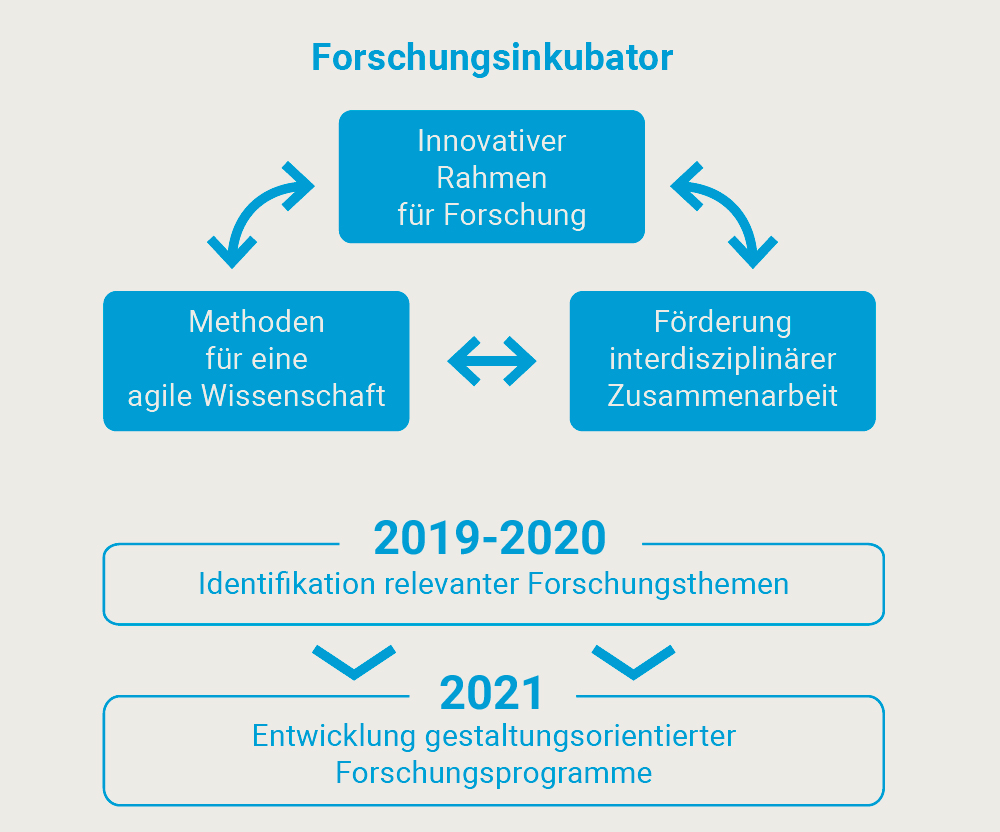
Abbildung 3. Facetten des Forschungsinkubators
Citizen Science
“Citizen Science involves the active participation of citizens at various stages of the research process in the humanities, natural sciences, and social sciences. Participation ranges from the generation of questions, the development of a research project, data collection and scientific evaluation to the communication of research results.” (Citizens Create Knowledge 2020)
Literature
agilemanifesto.org (2001). Manifesto for Agile Software Development. Abgerufen am 28. Januar 2020 von https://agilemanifesto.org/
Laloux, F. (2017). Reinventing Organizations. Ein illustrierter Leitfaden sinnstiftender Formen der Zusammenarbeit. München: Verlag Vahlen.
Oestereich, B. & Schröder, C. (2020). Agile Organisationsentwicklung. Handbuch zum Aufbau anpassungsfähiger Organisationen. München: Verlag Vahlen.
Vollmer, J. (2019). New-Work-Urvater Frithjof Bergmann: Der alte Mann und das Mehr. t3n magazin. Abgerufen am 28. Januar 2020 von https://t3n.de/magazin/new-work-urvater-frithjof-bergmann-alte-mann-mehr-247621/